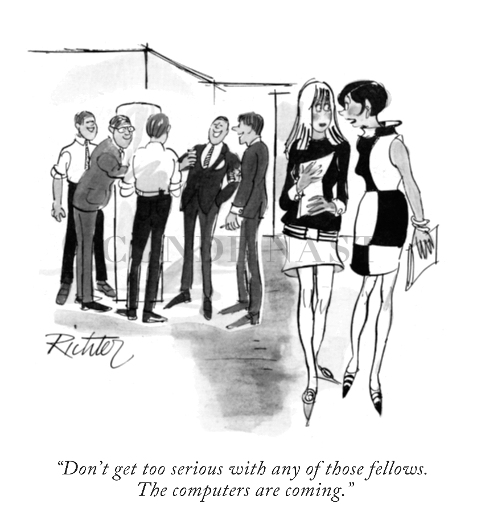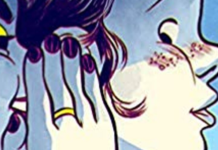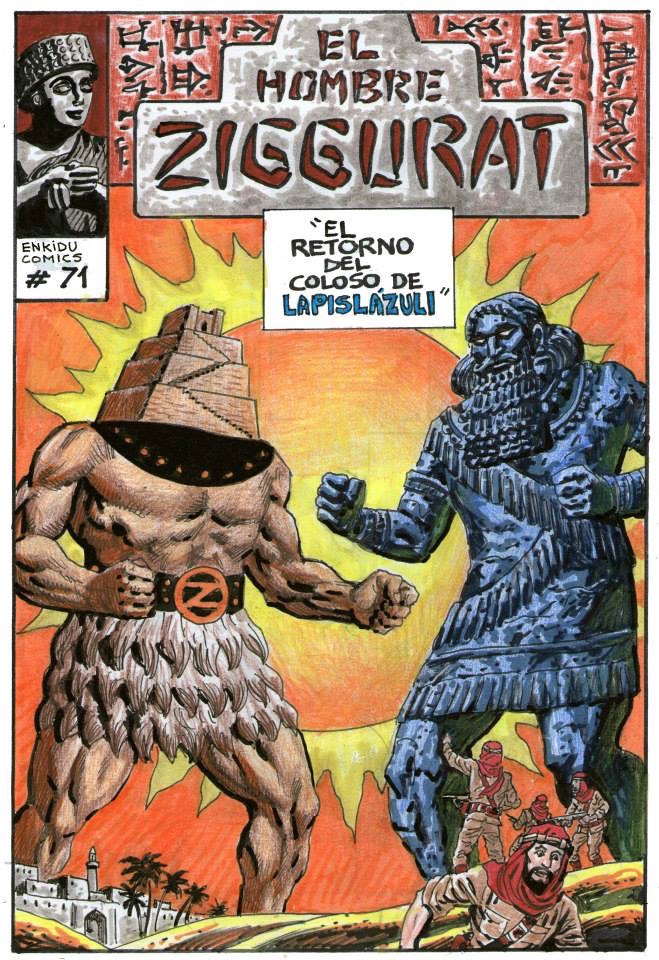Making a living as a cartoonist isn’t easy, as longtime Beat readers well know. However, one excellent source of revenue for a while was The New Yorker’s Cartoon Bank, which licensed cartoons for secondary use, netting creators sometimes thousands of dollars. But as this amazing piece by Seth Simons at Paste reveals, the business has been neglected and revenue has plummeted:
“Condé Nast,” the attachment reads, “has a long history of supporting cartoonists with revenue-generating opportunities through both editorial and licensing.” The line carried a tinge of irony for many New Yorker cartoonists. Almost a decade ago, these artists—freelancers who face stiff competition for 15 slots each week in the print magazine—could count on licensing deals for substantial passive income. Some received monthly checks as high as $8,000; others regularly saw one or two thousand dollars. Today, even those who saw the highest royalties receive only a few hundred dollars per month.
The market for content, especially humor, has evolved considerably in that decade, with creators of every stripe earning less than they might have in the past. But this decline, according to the accounts of current cartoonists and former longtime Cartoon Editor Bob Mankoff, appears strikingly connected to one factor in particular: Condé Nast’s acquisition and slow dismantling of their primary source of licensing revenue, the Cartoon Bank.
Earlier today I was bemoaning the need for investigative journalism in comics, and this piece shows why. It’s a fantastic story that spotlights former New Yorker Cartoon Editor Robert Mankoff’s vision in creating the Cartoon Bank in the first place, and Conde Nast’s corporate frittering of it all away. I guess print may be dead, but a big place like Condé Nast still has a bottom line big enough to ignore a few million in revenue. Which is alarming in and of itself.
Perhaps the most obvious sign of the Cartoon Bank’s decline, as any cartoonist will tell you, is its website. When I began researching this story, there was no clear end-to-end way to license a cartoon online. After going through several steps to select a cartoon and format—in my case, a one-year Powerpoint license for $10—I would encounter a dialog telling me I could not check out via invoice because my cart was below $500. Instead I would have to submit a detailed request via email. When I tried again last week, a button had appeared allowing me to pay by credit card. This option was only available for a small number of license types, though; most still require submitting an email request. (Additionally, one cartoonist I spoke with said the credit card button did not appear in his browser.) And even when I clicked the button to pay by credit card, I encountered a popup informing me that I could not pay by invoice, instructing me instead to submit an email request. Had I not clicked through the popup, I would not have reached the payment screen.
This article has numbers a plenty for those of you keeping score:
New Yorker cartoonists are paid in two tiers. More established artists receive $1,450 for a cartoon, while the rest receive $700. The sales of original artwork bring cartoonists some of their largest one-time payments, often as high as $2,000 or more. Until January 2017, sales made through the Cartoon Bank were split 70-30 between cartoonists and Condé Nast. In December, cartoonists were sent a contract revising that split to 50-50. Condé Nast also recently stopped warehousing original artwork, leaving that responsibility to the cartoonists themselves. “They just, like, fired all their archivists,” said one cartoonist. “There was no place to put it. People who were trying to reclaim their archived cartoons were being told that they had been lost. So now we’re at a place where it’s just, ‘Make your own high-res scan at home, email in the high-res and that’s what we’re going to run in the magazine. You’re responsible for storing and archiving your own artwork. We will let you know if a collector wants to buy your cartoon.’”
The New Yorker is nearly the very last bastion of the print world for illustrators; covers, illustrations and cartoons are still a prestige job there, and pay well. That Mankoff found a way to move this old school legacy profitably into the modern digital world – and Condé Nast found a way to fritter that progress away, is depressing as heck.
Thank God for Kickstarter, I guess.









This is much more depressing to me than Diamond’s August 2017 numbers.
Heidi, every goddam of the so-called journalistic media requires way more investigatory work. The corporate media so-called journalists, whilst echoing prepared and self-serving statements can’t even be bothered to provide context — forget investigating or just doing a quick fact check. So it isn’t just the comics/cartooning reportage that needs investigatory work. But I’d bookmark such a site in a second.
As for Conde Nast and TCB:
O’ irony!
The Cartoon Bank was originally a business started by Bob Mankoff which Conde Nast bought and (I forget when exactly) made Mankoff the New Yorker cartoon editor.
Mankoff recently retired, so I guess the Cartoon Bank is to minor for Conde Nast to bother with.
The modern era for growing profits: Everything but expanding a business. Better to pay lower salaries, fire people, reduce overhead.
And here we are.
And yeah, them Diamond August #s are scary. But circling back to the first point: You know what that story needs? Numbers from digital and collected edition for, you know, context. I know: Context is like facts and who bothers with facts now?
Comments are closed.